IN recent years, the Australian beef industry has experienced a notable shift towards the adoption of, and interest in polled cattle. This transition is driven by a combination of welfare concerns, sustainability and productivity goals, workplace safety for staff and economic efficiencies.
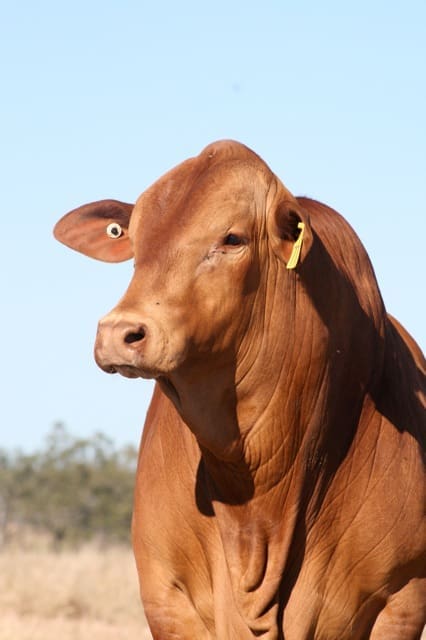
Dehorning, a common practice to prevent injuries among cattle and humans, has long been associated with significant animal stress, production impact and management costs.
Consequently, cattle breeders and industry bodies have increasingly focused on the need to breed polled animals to eliminate the need for this painful procedure.
Industry and government support
The momentum towards breeding polled cattle in Australia is supported by both government and industry networks. The Australian Beef Sustainability Framework (ABSF) has played a pivotal role promoting animal welfare and sustainability as core values within the beef supply chain.
Aligning with global standards, including the United Nations’ Sustainable Development Goals (SDGs), the ABSF tracks animal welfare metrics, including the adoption of polled genetics.
Polled cattle not only align with welfare objectives by reducing reliance on dehorning but also decrease financial burdens associated with labour and injury risks. Increasing consumer expectations for humane livestock management have further fuelled this trend. As a result, the industry continues to enhance breeding programs focused on polled cattle.
The Impact of dehorning on calf survival
While the focus on polledness primarily centres around reducing bruising and labour costs, evidence suggests that dehorning significantly impacts calf survival, particularly in extensive farming areas.
A 2014 study by Kim Bunter, David Johnston, Matt Wolcott, and Geoffry Fordyce, titled “Factors associated with calf mortality in tropically adapted beef breeds managed in extensive Australian production systems,” found that almost all post-branding calf deaths occurred in dehorned calves, with a 2.1pc mortality rate, which accounted for 15.9pc of all calf deaths in the study.
This underscores the potential link between dehorning and higher mortality rates.
Trends in polled cattle adoption
In 2019, ABSF published data based on seedstock herd recording, estimating that 86 percent of Australia’s cattle herd carried the polled genetic trait. However, updated data from Meat & Livestock Australia later revised this figure to 73pc.
The BreedPlan-based calf data used to establish the ABSF estimates acknowledged that commercial beef herds were at least a generation behind seedstock producers in the progression towards polledness.
Of course, one of the major genetic contributors to beef herds in southern Australia – Angus – are naturally polled, adding momentum to the national cattle population now unaffected by horns.
The more recent rise in polled cattle has been supported by advancements in genetic testing, which provide producers with greater confidence in selecting polled sires.
As noted by Hamish Chandler, RD & E Specialist with Herefords Australia, “Genomic tests now give bull buyers the confidence that the bulls they are purchasing will produce polled calves with an accuracy greater than 99pc.”
Companies like Zoetis Genetics and Neogen Australasia offer commercially available genetic testing, making it easier for producers to select polled cattle. The accuracy of the test has improved over time, and users often bundle the poll test into broader DNA tests for other traits and diseases, to save money.
The shift towards polledness is evident across various significant beef breeds in Australia (see graphs below, and reproduced individually at base of page for those using smartphones) though the extent of adoption varies from breed to breed.
Data provided below from six large breed societies and through analysis of Breedplan data online allows a comparison of registrations for polled, horned and scurred cattle. Below is an overview of how this trend has played out across several major breeds, comparing calves registered in 2023 with those five years earlier in 2018:
Hereford: The Hereford breed has seen a major shift towards polled genetics over the past two decades. In 2000, around 50pc of Hereford registrations were horned, but this has steadily declined, being only about 10-15pc by 2023. Polled Herefords, on the other hand, have increased sharply from 40-50pc in 2000 to dominate at 85-90pc in recent years. The proportion of scurred Herefords has remained low and stable, fluctuating around 2-5pc over the years. Despite the growing popularity of polled genetics, the scurred population has not been a major focus for breeders. Overall, the Hereford breed has moved decisively towards polled cattle, reflecting a broader industry trend.
Charolais: For the Charolais breed, polled genetics have become increasingly dominant. In 2000, only 32pc of Charolais were polled, but by 2023, that figure has climbed dramatically to 86pc. Simultaneously, horned cattle registrations have plummeted from 65pc in 2000 to just 12pc by 2023. This reflects a clear preference for polled animals in recent breeding strategies. Scurred Charolais registrations have remained minimal, consistently from 2-4pc, showing little fluctuation over time. This steady rise in polled registrations demonstrates a strong industry commitment to reducing horned cattle in Charolais herds.
Droughtmaster: Droughtmaster cattle have maintained a stable polled population over the years. From 2018 to 2022, the number of homozygous polled (PP) animals registered has consistently been around 2000, while heterozygous polled (HP) animals have fluctuated slightly, reaching 483 head in 2022. In contrast, the number of horned Droughtmaster cattle has decreased, dropping from 472 in 2018 to 324 in 2022. The scurred population in Droughtmaster herds has remained relatively low and stable. The data suggests a steady but deliberate effort to progress a predominantly polled population, contributing to improved welfare and management in Droughtmaster breeding programs.
Santa Gertrudis: The Santa Gertrudis breed has followed a similar trajectory toward polled genetics. Homozygous polled animals have remained stable from 2018 to 2022, while the heterozygous polled population has grown, increasing from 462 calves registered in 2018 to 616 in 2022. The number of horned cattle registered has decreased gradually, from 1070 to 981 in the same timeframe. As with other breeds, the proportion of scurred Santas has remained low and stable. The ongoing trend toward polled animals is evident in this breed, reflecting broader industry goals for better welfare practices and cattle management.
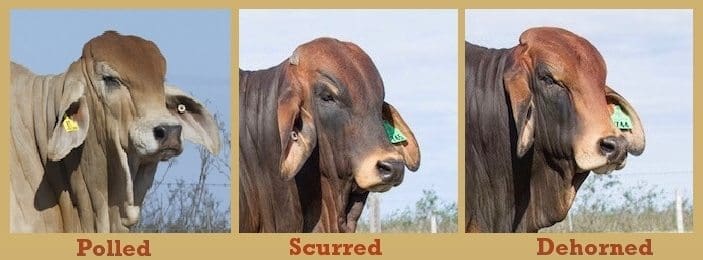
Brahman: Brahman cattle have seen a decrease in the proportion of horned animals, especially within grey animals. Between 2021 and 2023, the horned population dropped from 3897 to 2791, while polled/scurred registrations increased from 1849 to 2008. Despite this shift, as can be seen in the graphs, Brahman breeders continue to face challenges in fully adopting polled genetics, partly due to concerns over performance traits in polled animals. The scurred population has remained a minor and stable component of Brahman registrations. Overall, the breed is moving toward more polled animals, although at a slower pace compared to others.
Wagyu: Wagyu cattle have seen substantial growth in polled breeding, starting from low numbers around 2017. To be clear, Fullblood (ie 100pc Japanese bloodline Wagyu) are all horned cattle. The growing subset of polled Wagyu are in fact purebreds, ranging in content from 93.75pc to +99pc Japanese Wagyu genetics. Over time, that percentage of Japanese Wagyu content will continue to approach 100pc, but in fact will never reach it.
The number of homozygous polled purebred Wagyu registered between 2018 and 2022 increased from 22 to 72, while heterozygous polled animals rose from 31 to 487. It should also be noted that AA Co, one of the largest Wagyu breeders in the country, now breeds very large numbers of purebred polled Wagyu, which are not recorded as part of the AWA database.
At the same time Fullblood Wagyu registrations in general have grown dramatically over the past five years, making direct progress comparisons between horned and polled cattle pointless. However the key point is that polled Wagyu are a growing sub-set of the Australian Wagyu industry, likely driven by growing demand for better animal welfare practices without compromising the breed’s premium meat quality traits.
As noted by Wagyu CEO Matt McDonagh, a further consideration in Wagyu genetics progress in polledness concerns the use of Wagyu bulls in F1 crossbreeding with cows of other breeds which are already polled.
“An F1 calf breeder can put a Fullblood Wagyu bull over polled other-breed females (ie Angus) and end up with 100pc polled progeny. An F1 breeder does not need polledness from Wagyu in F1 programs if the females are already polled,” Dr McDonagh said.
Debunking Myths: Do polled cattle perform worse?
Historically, commercial breeders have sometimes perceived polled cattle as inferior to horned animals, particularly in terms of growth, bone and meat quality traits. This belief has impeded the wider adoption of polled genetics, especially in breeds where horned animals have traditionally dominated. However, recent research has challenged and debunked many of these concerns.
A 2021 study by Randhawa et al., titled “Comparison of Genetic Merit for Weight and Meat Traits between the Polled and Horned Cattle in Multiple Beef Breeds,” examined more than 2.4 million animals across eight beef breeds in Australia. The findings revealed that since 2000, polled cattle have made notable genetic gains, often matching or even surpassing their horned counterparts in several traits.
Weight and growth traits
In certain breeds like Charolais, Limousin and Hereford, polled variants displayed favourable estimated breeding values (EBVs) for key weight traits, including 200-day, 400-day, and carcase weights.
Brahman cattle were an exception, where horned animals initially outperformed their polled counterparts in weight traits. Nevertheless, even within the Brahman breed, the performance gap between horned and polled animals has been narrowing as breeders refine polled genetics.
Muscle and fat traits
Polled cattle performed comparably or even better than horned cattle in several important meat quality traits, such as eye muscle area and intramuscular fat – both of which are critical for determining meat quality. While horned animals maintained a slight advantage in traits like birth weight and retail beef yield in some breeds, these differences were minimal and not sufficient to deter breeders from selecting polled genetics. The welfare and cost benefits of breeding polled cattle further justify their continued adoption.
Hamish Chandler, RD & E Specialist with Herefords Australia, stated, “From the data that we have, there does not seem to be any reason to believe that moving to polled is associated with a reduction in productivity in the Hereford breed. The data available in the Hereford published sires list shows significant variation in performance for both horned and polled bulls, which just reinforces the need to select bulls based on their own genetic merit.”
Inbreeding risk
While the transition towards polled breeding is highly beneficial, Randhawa et al. cautioned that breeders must avoid inbreeding depression, especially in breeds like Brahman where the frequency of the polled gene is still relatively low, especially in grey cattle. Ensuring careful management of genetic diversity is crucial for maintaining the long-term health and productivity of polled populations.
The trend towards polled cattle in the Australian beef industry reflects both changing consumer expectations and the industry’s commitment to improving animal welfare. Data from recent breeding programs shows significant progress in increasing the prevalence of polled genetics, with a notable reduction in horned cattle populations across multiple breeds.
The long-standing perception that polled cattle perform worse than their horned counterparts has been largely disproven by recent research, which demonstrates that polled animals can meet or exceed the genetic merit of horned animals in many key traits.
As the industry continues to prioritise sustainability and animal welfare, the rise of polled cattle is likely to remain a central component of modern beef production strategies.
Further reading on this topic:
Breeding for polledness brings challenges, in AA Co’s experience
Strong, and growing demand for polled bulls in the north
Improving the Australian poll gene DNA marker test
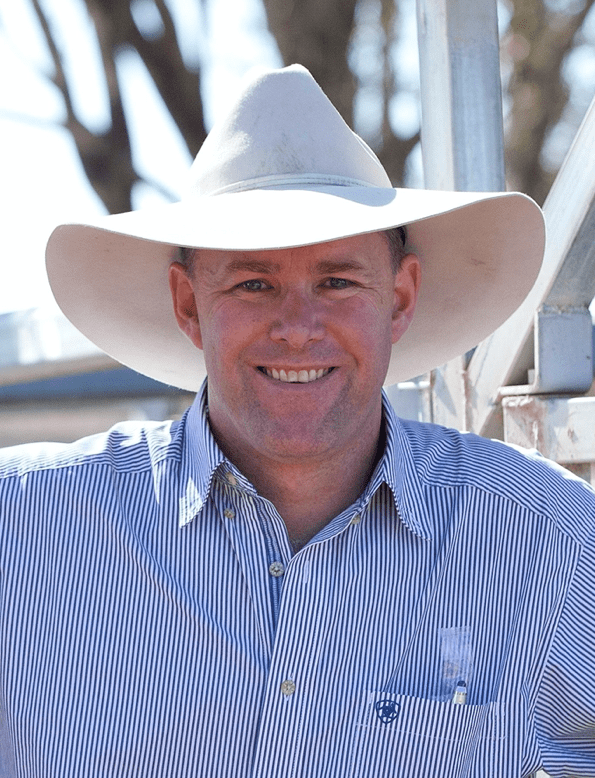 Alastair Rayner is the General Manager of Extension & Operations with Cibo Labs and Principal of RaynerAg. Alastair has over 28 years’ experience advising beef producers & graziers across Australia. He can be contacted here or through his website www.raynerag.com.au
Alastair Rayner is the General Manager of Extension & Operations with Cibo Labs and Principal of RaynerAg. Alastair has over 28 years’ experience advising beef producers & graziers across Australia. He can be contacted here or through his website www.raynerag.com.au
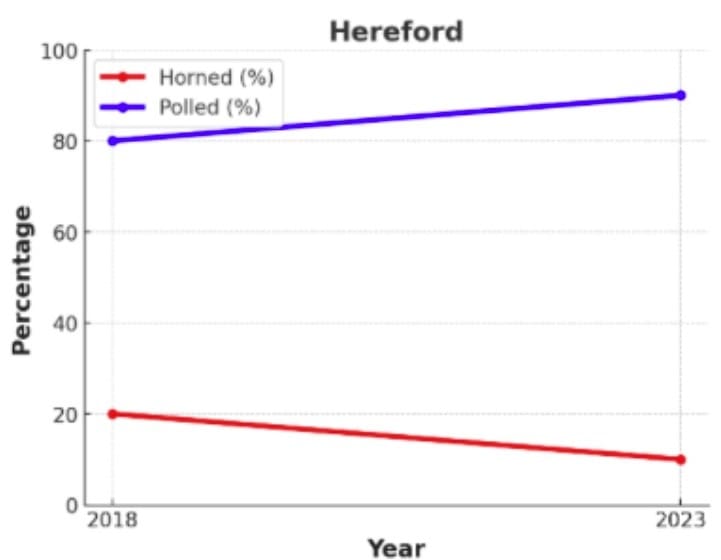
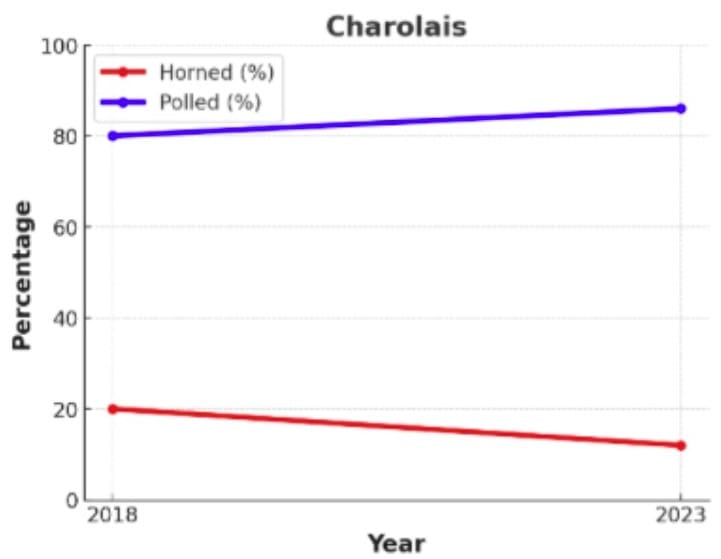
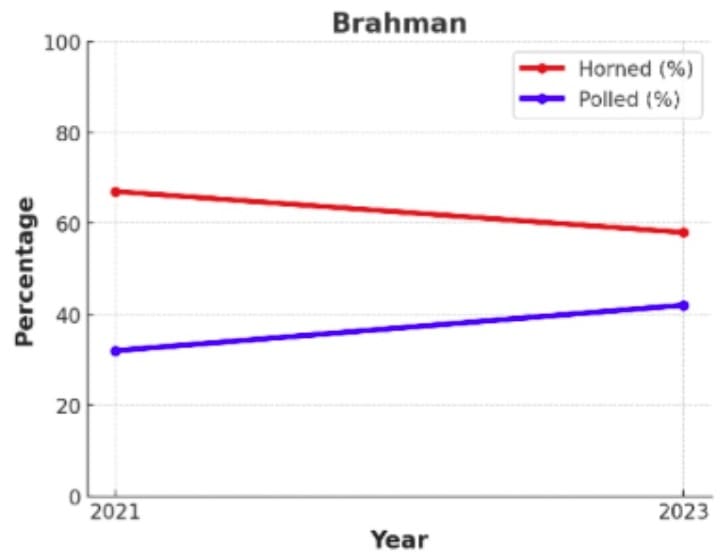
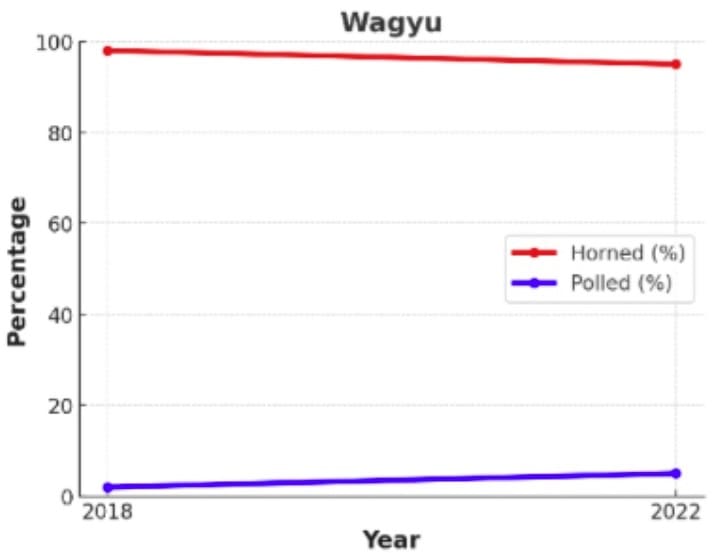
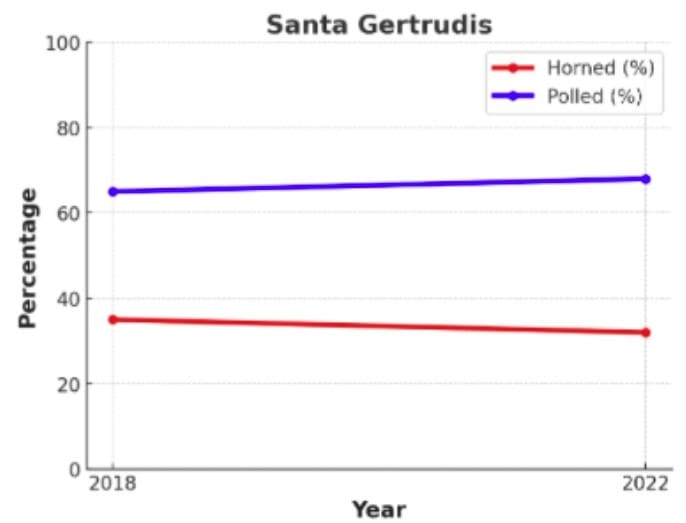
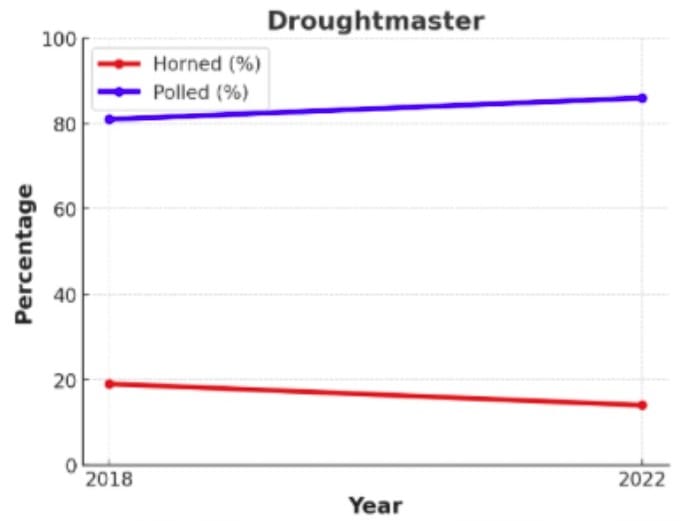

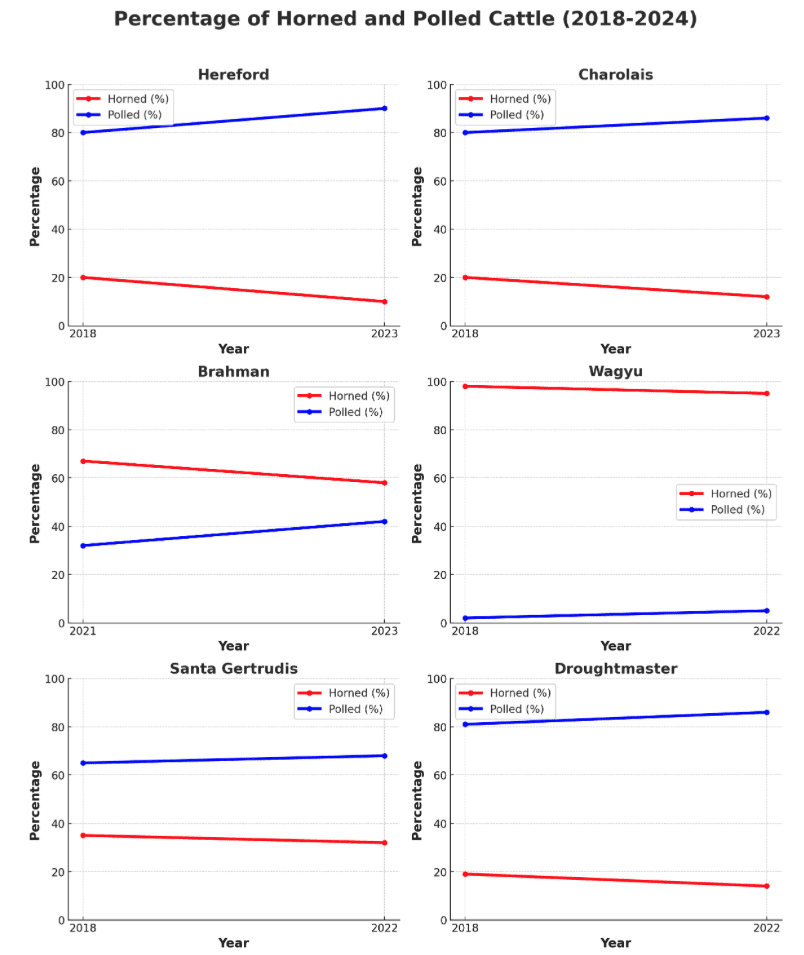
Thank you Beef Central for a very informative article as usual.
In my opinion the greatest Red Brahman breeder this country has seen, the late Arnie Kirk always told me “never worry about what the other person was breeding!”
We should not get twisted out of shape by what others breed,just do your own thing!
I notice the Angus breed going from strength to strength using both EBVs and polled genetics!😊
Living in the real world and operating a Registered and commercial herd as well as buying a multitude of different breeds of cattle for clients affords me an opinion on this treacherous subject. Commercially, in my opinion any breed that has chased the polled gene with any significance has already either deteriorated their product via loss of frame, lack of width, loss of weight, temperament issues, loss of weight gain potential, etc., or is well on the path to same. It is getting harder and harder to find commercial livestock, with polled genetics, that can go out and perform in the paddock sufficiently to be profitable, no matter what the breed. If all you are basing your research on is what BreedPlan figures tell you, than you are more gullible than first thought. As for the Brahman breed, the Red cattle have a much larger genetic polled base to choose from, because they have been doing this for longer and most have been bred up from some form of polled base to begin with, not just my opinion. If as we are told that the world is going to be in a protein shortage in the ensuing years/decades, then we are going to need the best beef producing genetics available. We NEED horned cattle. Dehorning is only an issue in the larger more remote run enterprises because they let it be an issue, smarter management and dehorning practices would go a long way to lowering mortalities. You as reporters have an obligation to the beef industry to not bring about it’s prejudice with biased articles.
For readers’ benefit, Brett McCamley is a Brahman bull breeder from Central Queensland. Just to clarify, Brett, the references to BreedPlan in the article relate exclusively to extracting data from calf registrations about horn/poll status, which is included in pedigree details. It was used simply as a measure of progress in polled breeding from year to year, and has nothing to do with ‘BreedPlan figures,’ as you suggest. Editor